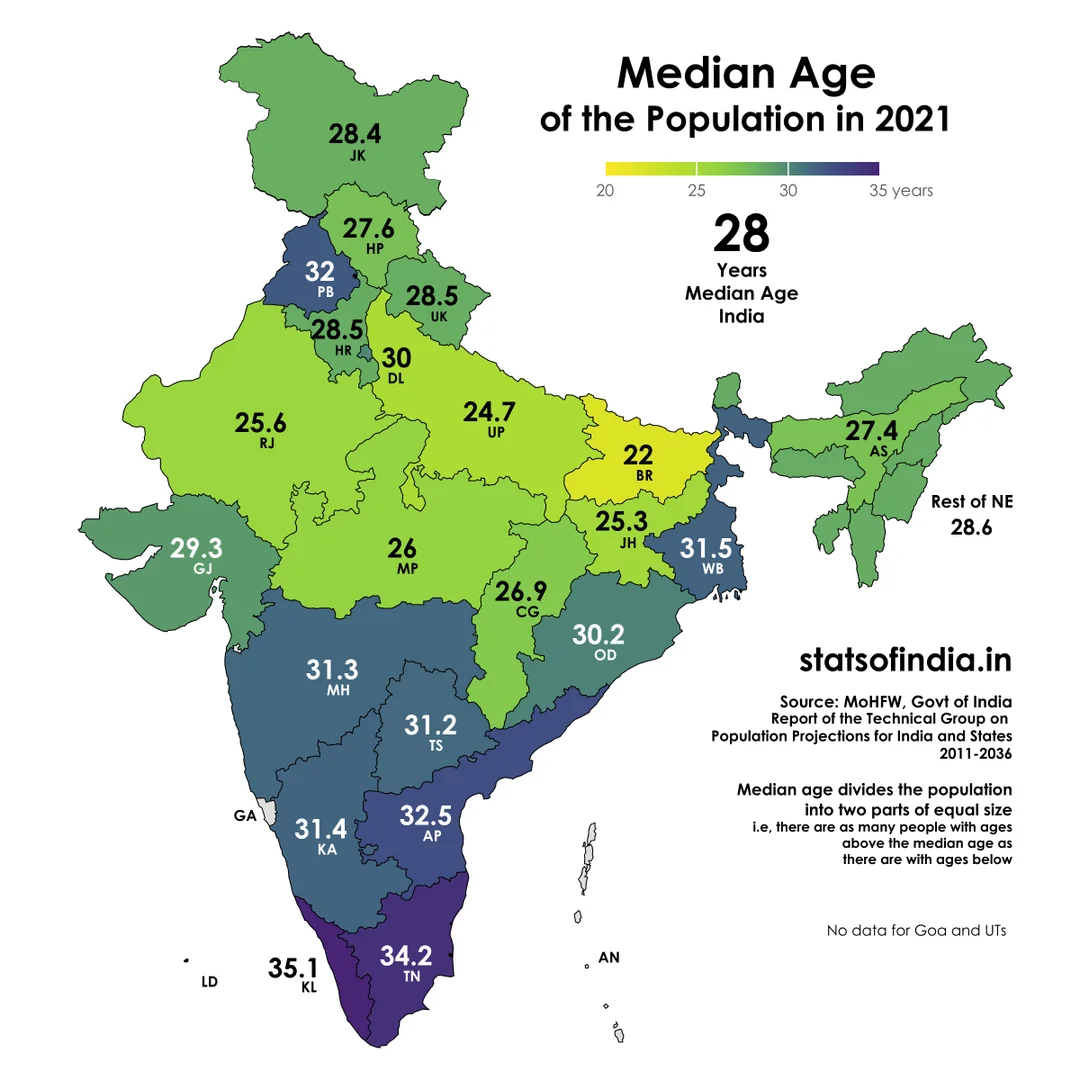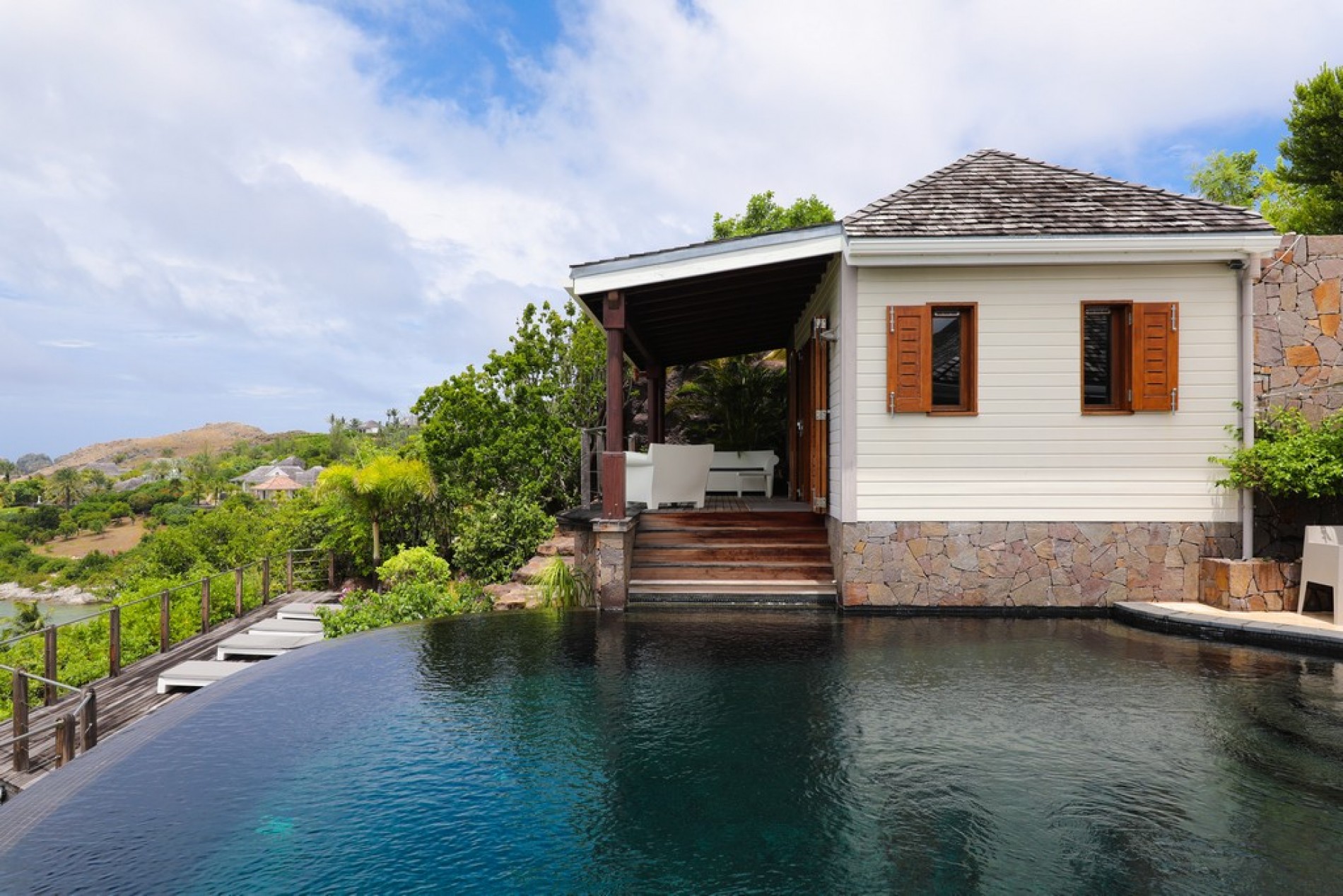As trade wars escalate and the U.S. imposes sweeping tariffs on allies and rivals alike, global investors are scrambling for stability. The latest tariffs, targeting
$360 billion in imports (including steel, aluminum, and electric vehicles), have sent shockwaves through Western markets, amplifying fears of inflation and recession
[1]. Amid this chaos, India’s real estate market is emerging as a beacon of resilience and luxury is leading the charge.
Once dismissed as a niche segment, India’s luxury housing market now commands
7-9% of the sector, with sales in cities like Delhi-NCR soaring by
45% in 2024 alone
[2][5]. For savvy investors, this isn’t just a trend—it’s a golden opportunity to capitalize on “affordable luxury” while Western markets buckle under political and economic strain.
Why India’s Luxury Market Outshines the West
A luxury apartment in Mumbai costs
$150,000–$300,000, while a comparable unit in New York or London averages
$1.5–$3 million. Yet India’s luxury segment is growing faster: sales surged to
21% of total residential units in 2024, up from just 7% in 2019
[3].
Luxury apartments in India deliver
2.5–4% annual rental yields, outperforming Western cities like Paris (1.5%) or Tokyo (2%)
[4]. Mid-segment properties perform even better (4–6%), but the luxury market’s exclusivity and scarcity premium make it a hedge against inflation
[4].
India’s median age is
28.4, with 600 million people under 30. Urbanization is accelerating, with
40% of the population expected to live in cities by 2030 [5]. This demographic surge fuels demand for premium housing, co-living spaces, and tech-enabled communities.
 Tariffs, Turbulence, and the Case for India
Tariffs, Turbulence, and the Case for India
The U.S. tariffs—part of a broader “de-risking” strategy—are reshaping global trade. While European and Asian exporters brace for losses, India’s real estate sector benefits from two trends:
1. Flight to Safety: Investors are pivoting to emerging markets with stable growth. India’s GDP is projected to expand
6.5% in 2025, dwarfing the U.S.’s 1.5%
[6].
2. Government Backing: Policies like
100% FDI in real estate and the
PMAY affordable housing scheme (which unlocked $22 billion in 2024) reduce risk for foreign investors
[5].
Meanwhile, Western markets face headwinds: U.S. housing sales declined
12% in 2023 amid rising mortgage rates, while India’s sales grew
31% [6].
How to Capitalize on India’s Luxury Boom
Target Tier-2 Cities: Luxury isn’t confined to Mumbai or Delhi. Cities like Pune, Hyderabad, and Ahmedabad are witnessing
18–25% annual price appreciation due to IT growth and infrastructure projects
[3].
Focus on “Smart Luxury”: Properties integrated with AI-driven security, renewable energy, and IoT amenities appeal to India’s tech-savvy elite. Developers like Lodha and Godrej are already pioneering this trend
[3].
Leverage NRI Demand: Non-resident Indians (NRIs) account for
15% of luxury sales, driven by emotional ties and favorable exchange rates
[4].
Conclusion: Time to Rethink “Luxury”
India’s real estate market isn’t just catching up to the West—it’s redefining it. As tariffs destabilize traditional safe havens, the subcontinent offers a rare mix of affordability, growth, and demographic momentum. The American Dream may be fading, but India’s “affordable luxury” is just beginning to shine.
Sources:
[1] Luxury vs. affordable housing demand
[2] NCR luxury sales surge
[3] Luxury market growth and smart tech adoption
[4] Rental yield analysis
[5] Government policies and FDI
[6] Sales growth comparison 

